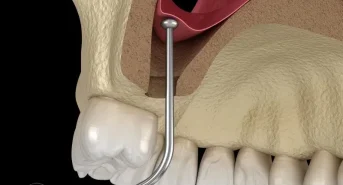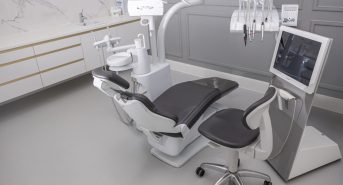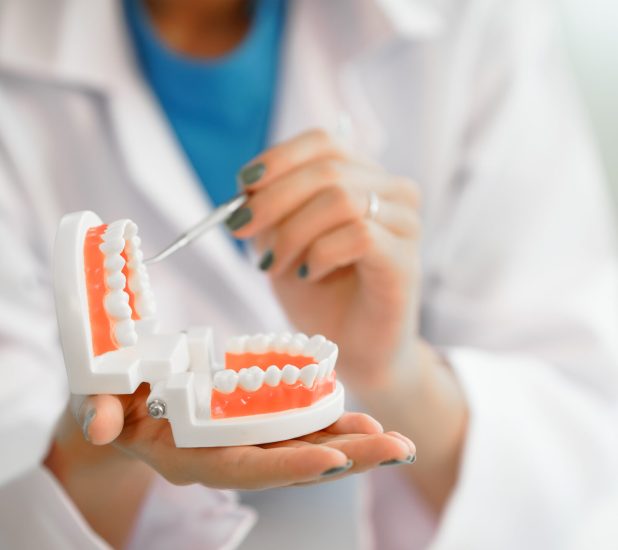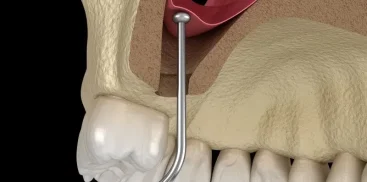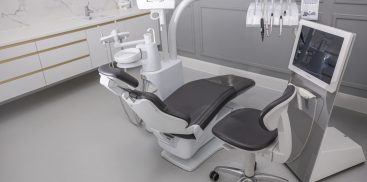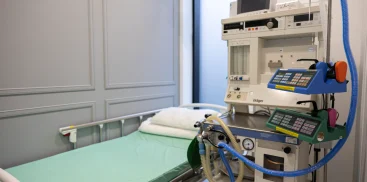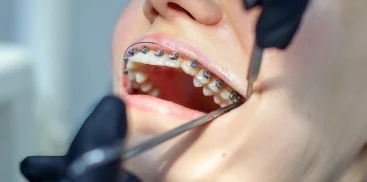Tooth hemisection allows you to avoid extraction, i.e. complete removal of its crown and root.
During the hemisection procedure, only pathologically changed parts of the tooth are removed, including fragments of the root and the corresponding crown.
Healthy tooth remnants in the mouth serve as the basis for placing a prosthetic restoration on them.
What the hemisection procedure looks like, what are the indications and contraindications to its performance – this is the most important information.
What is tooth hemisection?
Hemisection is a dental procedure during which part of a tooth (the root and the corresponding part of the crown) is removed.
Healthy parts are left in the mouth and used as the basis for prosthetic reconstruction. Hemisection can be performed:
- on multi-rooted teeth – premolars and molars – that have been significantly damaged as a result of deep caries,
- if root canal treatment is not possible,
- in inflammation of the root tips and periapical lesions,
- in case of mechanical vertical fractures of the tooth.
How is tooth hemisection performed?
Hemisection is preceded by taking an X-ray of the tooth on which the procedure is planned.
After local anesthesia of the patient, the dentist uses a drill to cut off the part to be removed and uses forceps to remove it along with the root.
If necessary, stitches are placed.
The healthy part of the tooth is subjected to endodontic treatment.
About 6 weeks after its completion, a crown-root post can be placed on the crown, cementing it in the remaining part of the root.
It is the basis for tooth reconstruction using a prosthetic crown.
It is placed another 2-4 weeks after cementing the post.
Indications for tooth hemisection
Hemisection is performed in the case of:
- impossibility of root canal treatment of roots excessively damaged by caries;
- when there is inflammation of the root tips that do not respond to conservative treatment; down
- any tooth injuries, such as a fracture or crack in the vertical plane, affecting the crown and one of the roots;
- periodontal diseases, such as processes developing within the root bifurcations;
- vertical alveolar bone defects;
- complications that occur after endodontic treatment.
It is also worth knowing that hemisection is considered one of the most difficult and time-consuming procedures in dental treatment.
Contraindications to tooth hemisection
- Contraindications to the hemisection procedure include the following factors:
- unfavorable anatomical structure of the tooth, for example too short roots, an elongated crown or an unusual ratio of the lengths of both parts to each other;
- inability to place a prosthetic restoration on the remaining part of the tooth, e.g. due to difficult access;
- excessive loosening of teeth resulting from untreated and neglected periodontal diseases;
- incorrectly performed endodontic treatment, which involved more than one tooth root, and complications after root canal treatment occurring within the roots.
Depending on the individual condition of the patient and the planned prosthetic treatment, the dentist may also propose a treatment method other than hemisection, even if there appear to be possibilities and indications for it.
Procedure after tooth hemisection
It is worth remembering that in order to shorten the recovery period after hemisection and avoid complications, it is important to follow the doctor’s recommendations, including:
- use of cold compresses;
- consuming food and drinks at neutral temperatures for a few hours after the procedure;
- if necessary, use painkillers and anti-inflammatory drugs prescribed by the dentist.
A tooth qualified for hemisection by the dentist should undergo this procedure as soon as possible.
This allows you to save it from extraction and its consequences, such as dry socket, purulent inflammation or prolonged bleeding.
The hemisection procedure also prevents the threat posed by carious lesions not only to adjacent tissues, but to many other body organs, which may lead to much more serious diseases.
Prosthetic reconstruction placed on the healthy part of the tooth guarantees full reconstruction, both functional and aesthetic, even in the case of extensive tooth damage.
Where to perform tooth hemisection?
Warsaw Dental Center is a dental clinic in Warsaw where hemisection procedures and prosthetic treatments are performed to regain comfort of life and a beautiful smile.
Each case is treated separately, and the many years of experience of the professionals working at WDC allow for the effective execution of the entire tooth reconstruction process in a comfortable atmosphere.
Prices for the removal of diseased parts of the tooth and further prosthetic treatment are determined depending on the individual circumstances of the patient.

